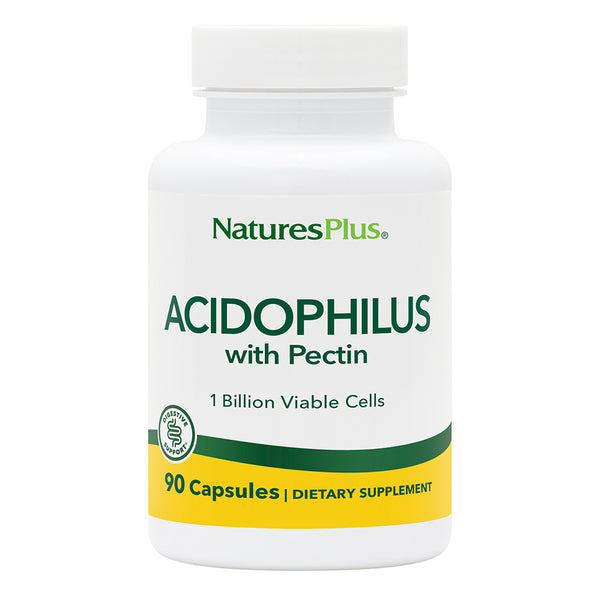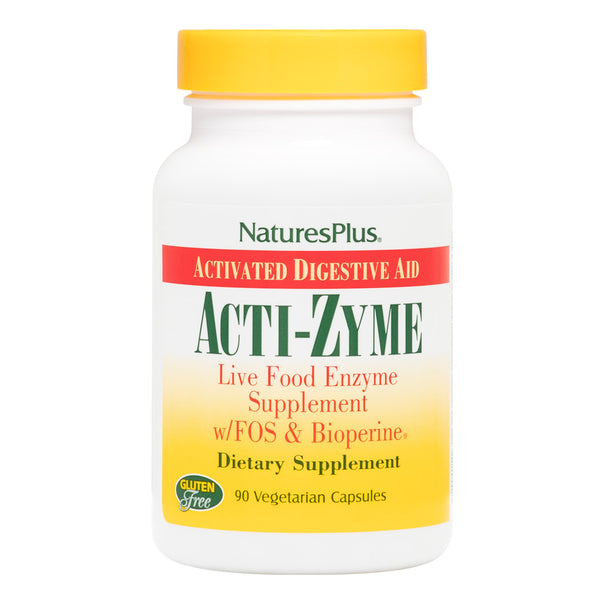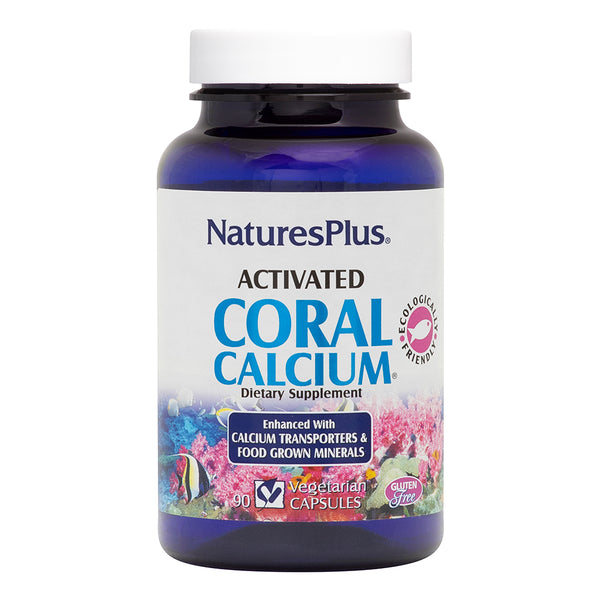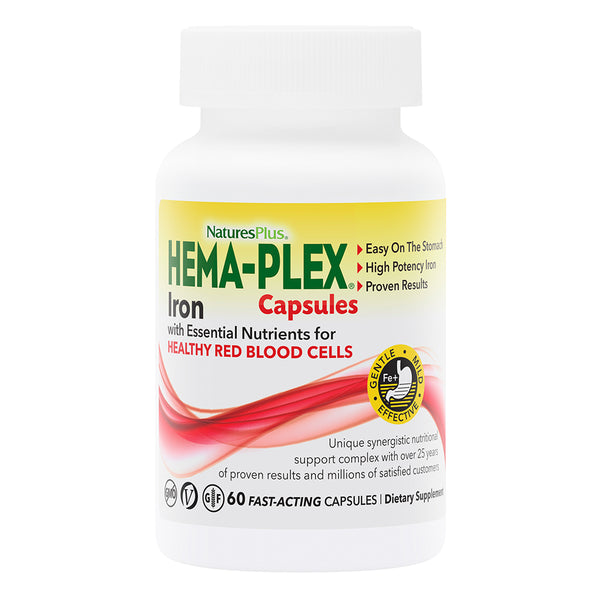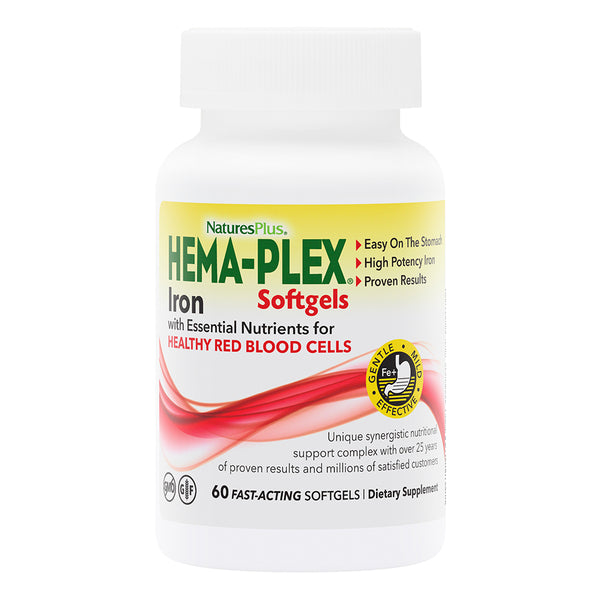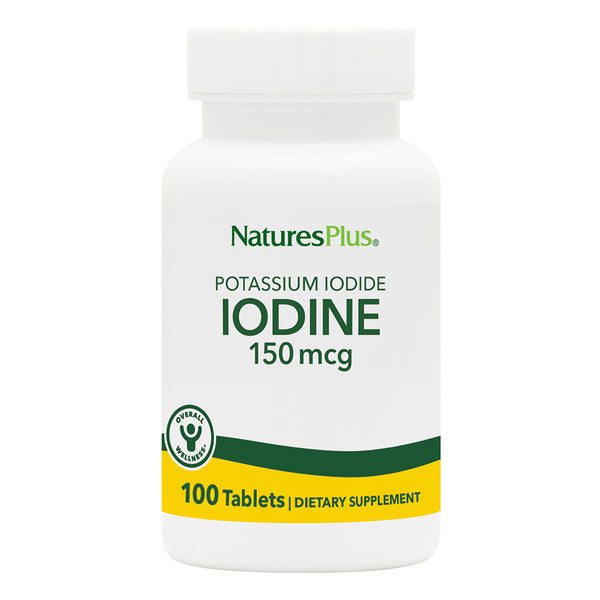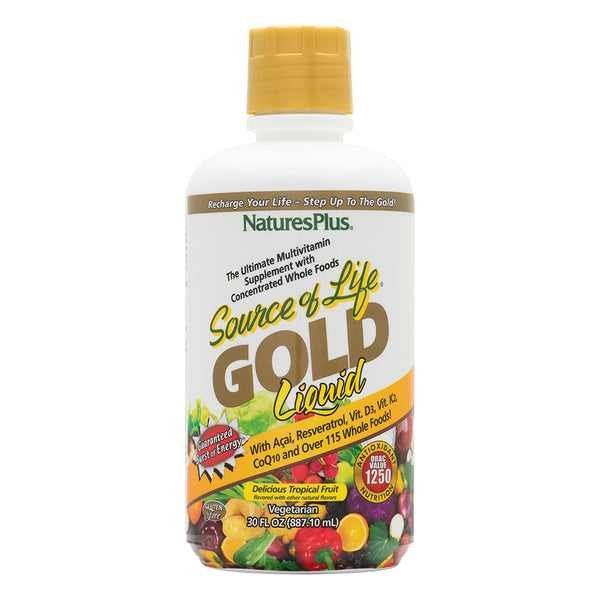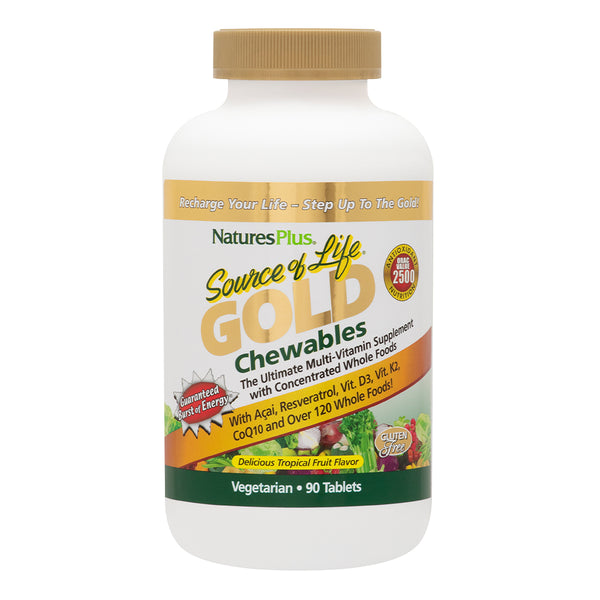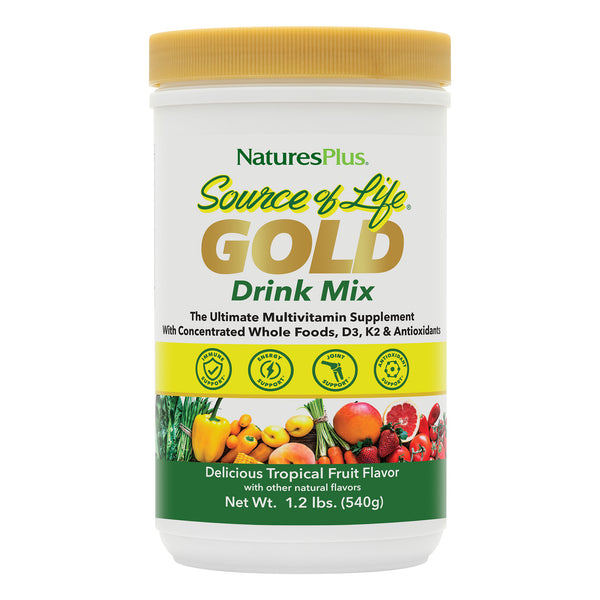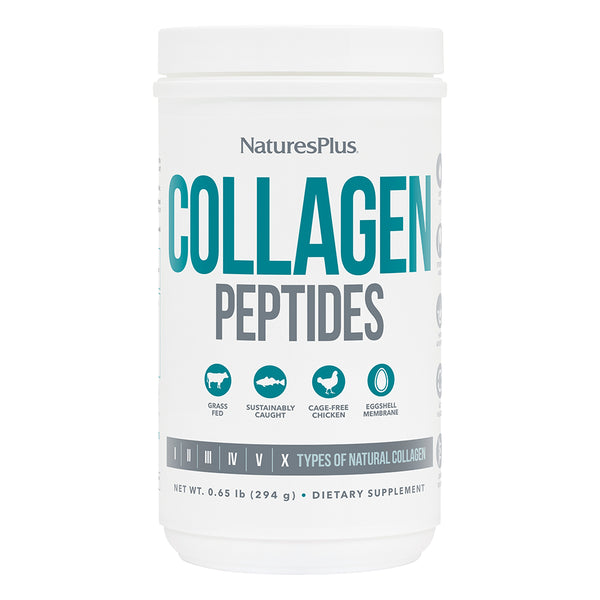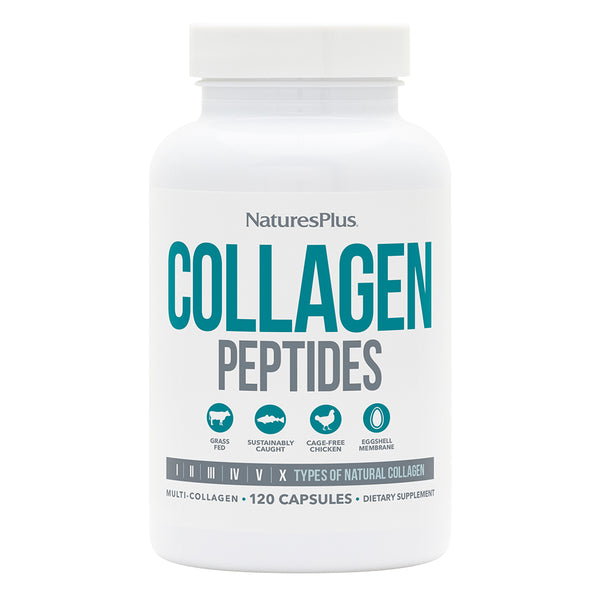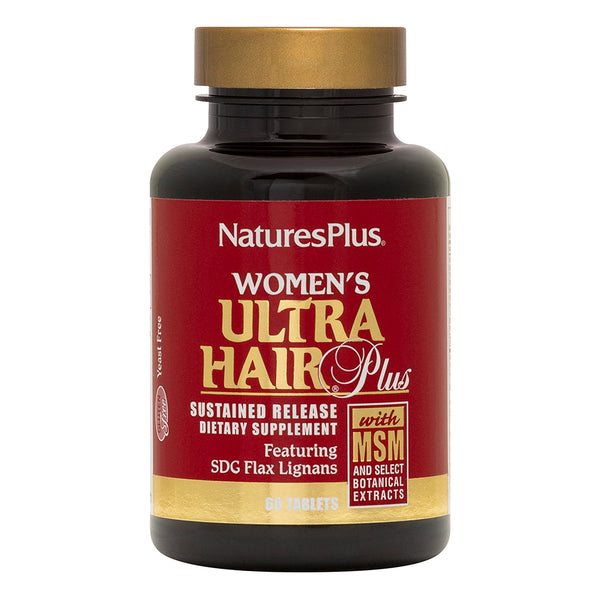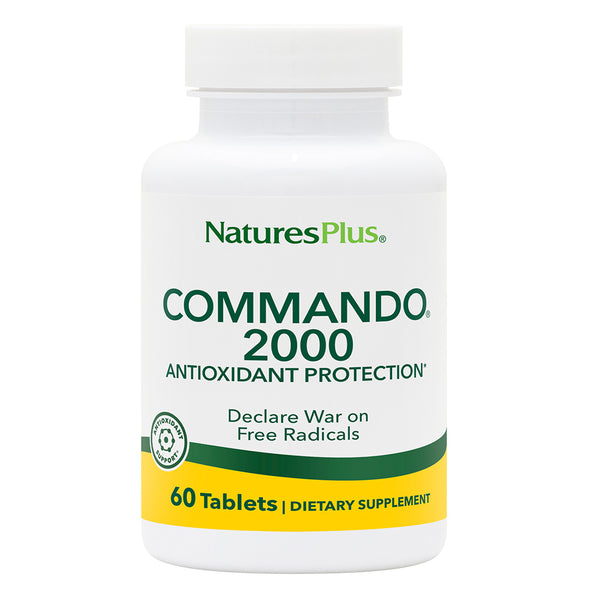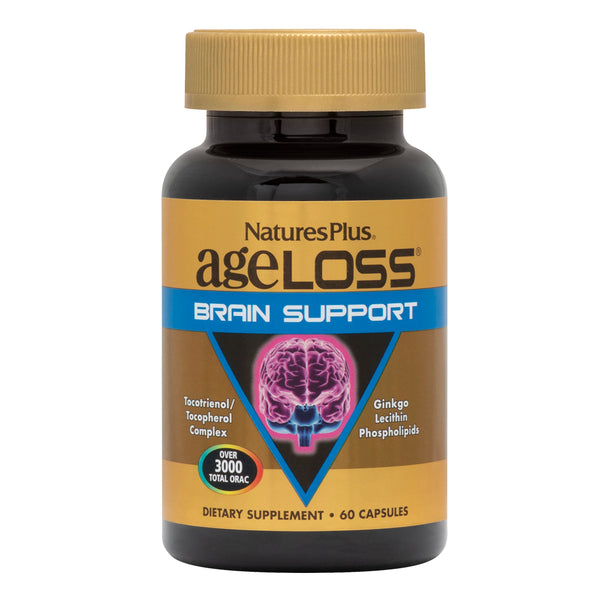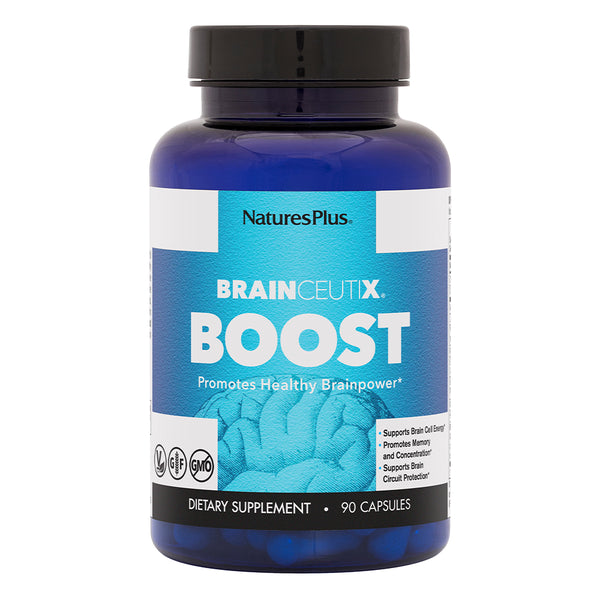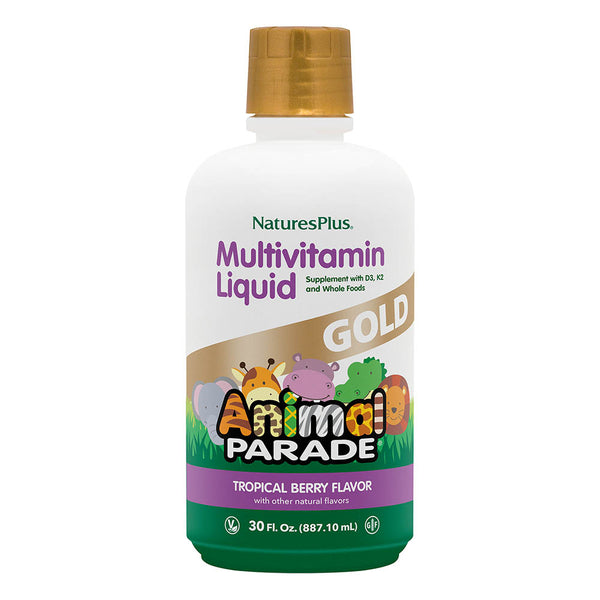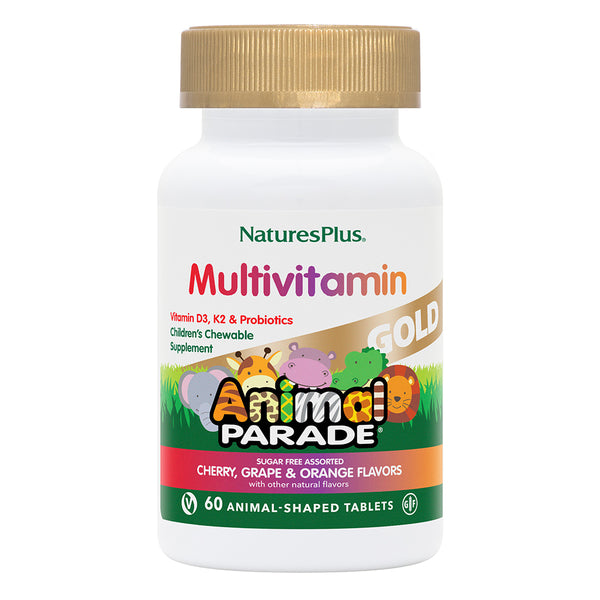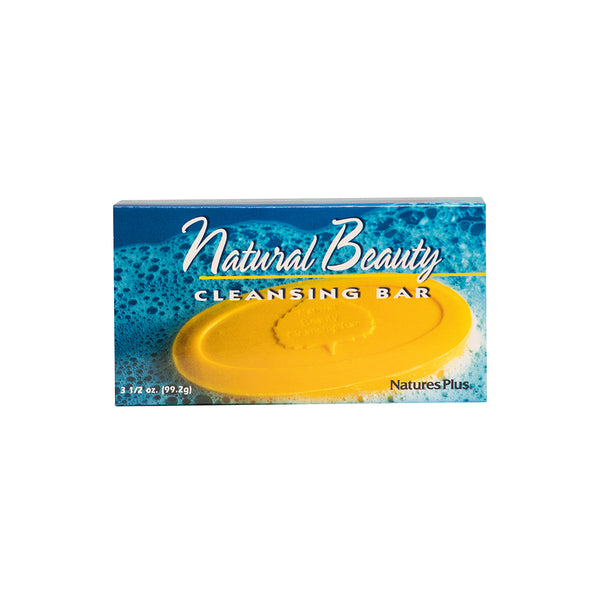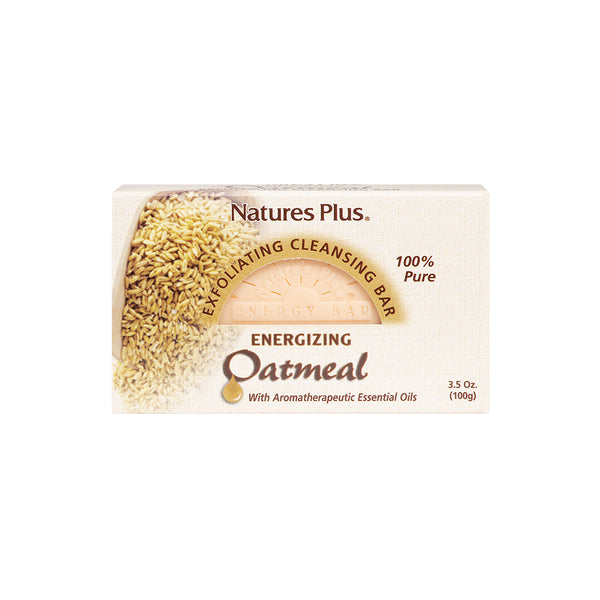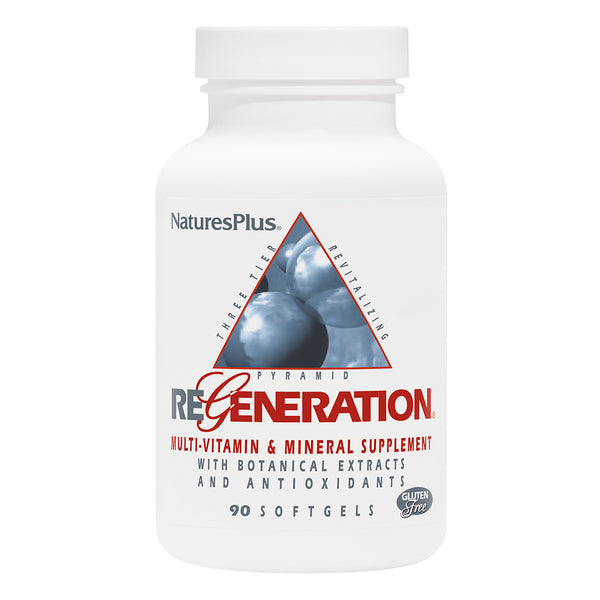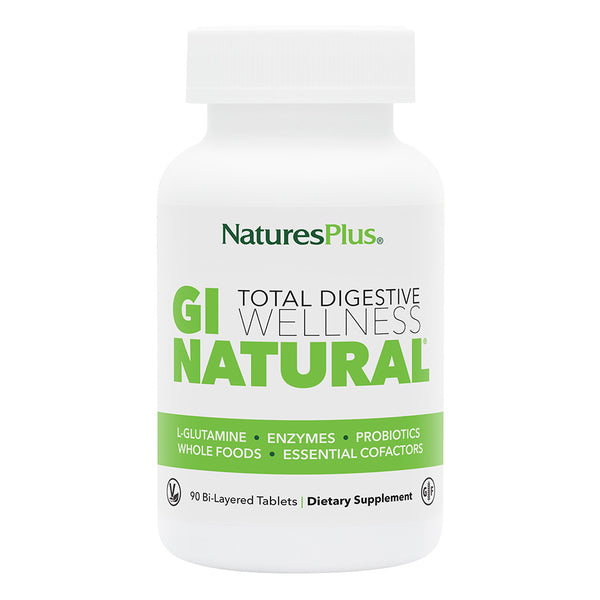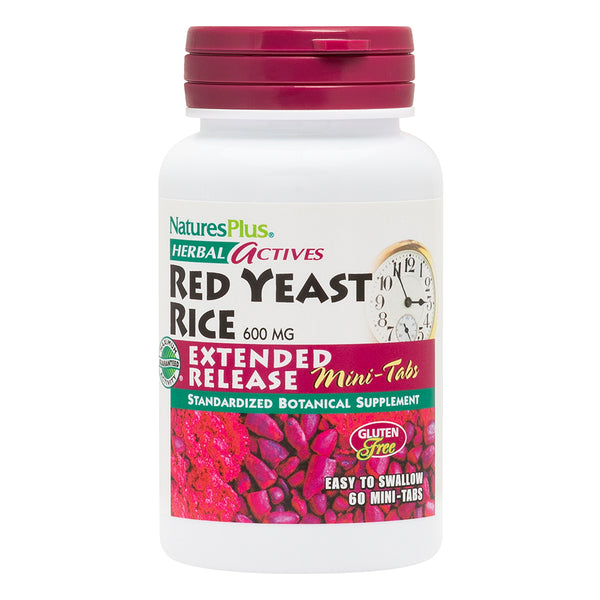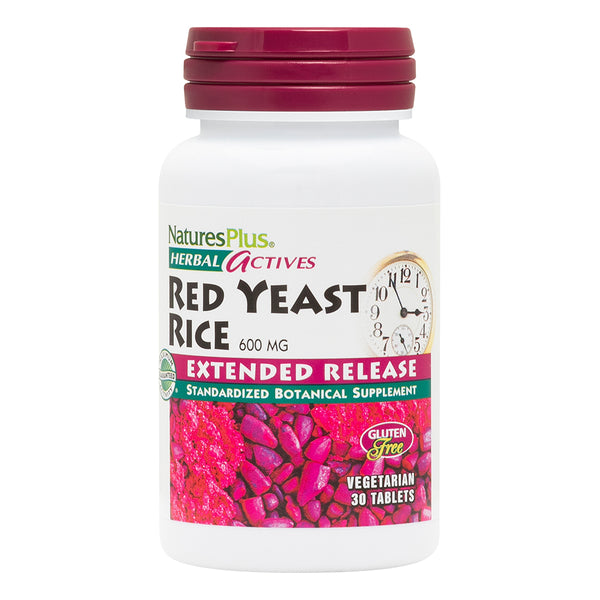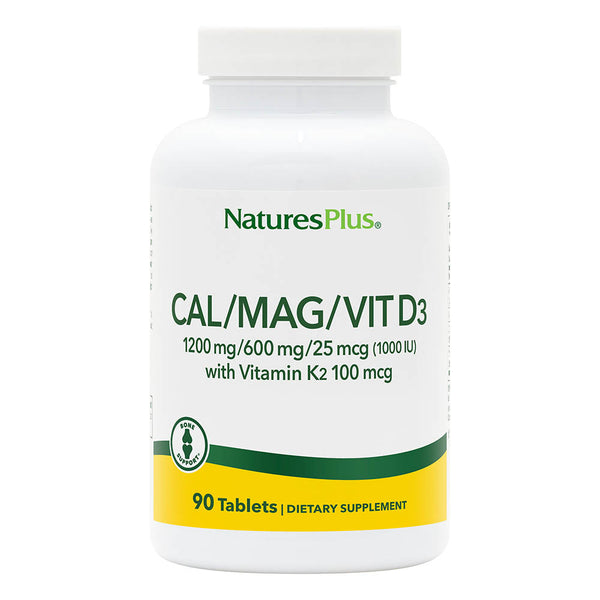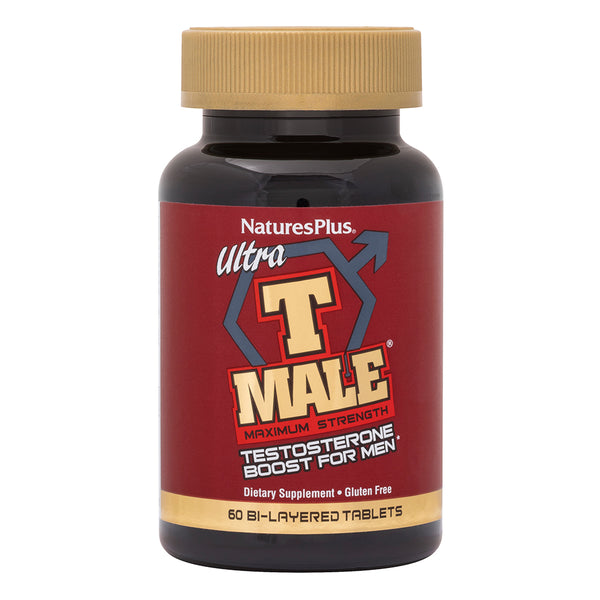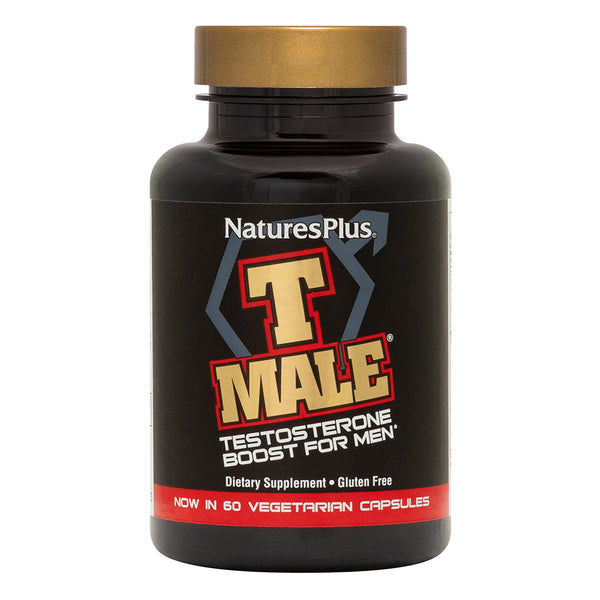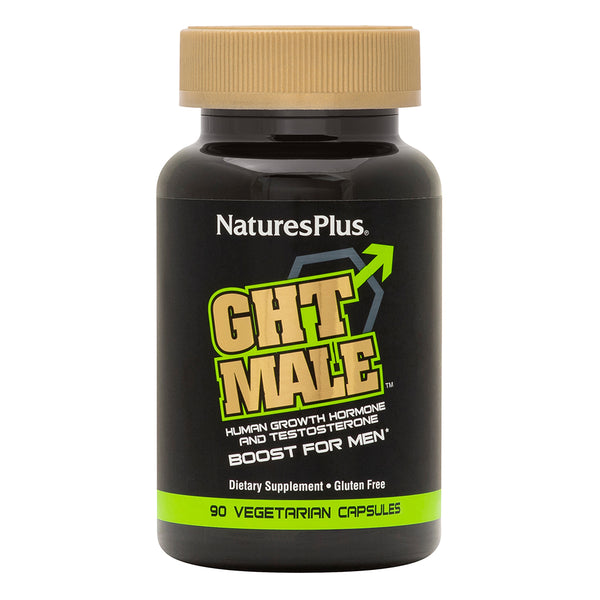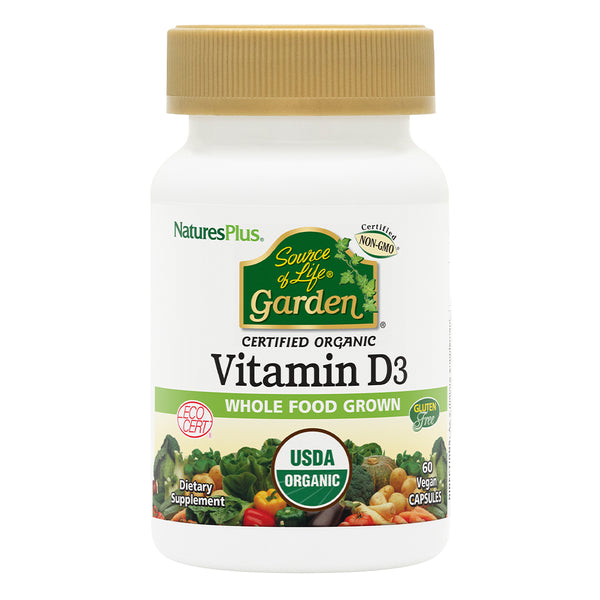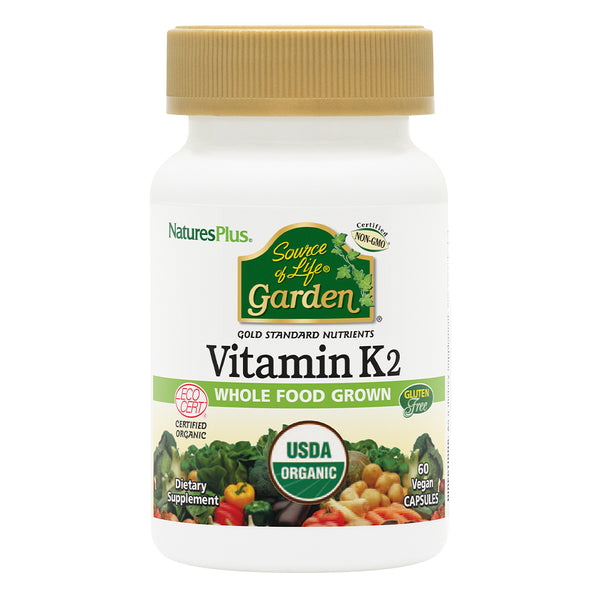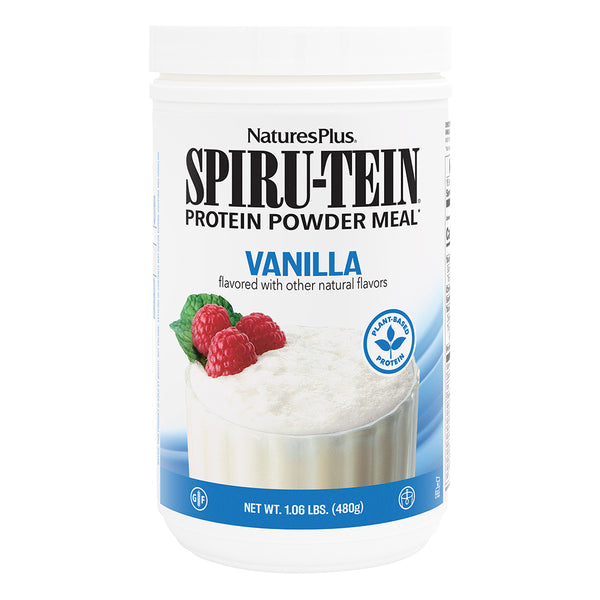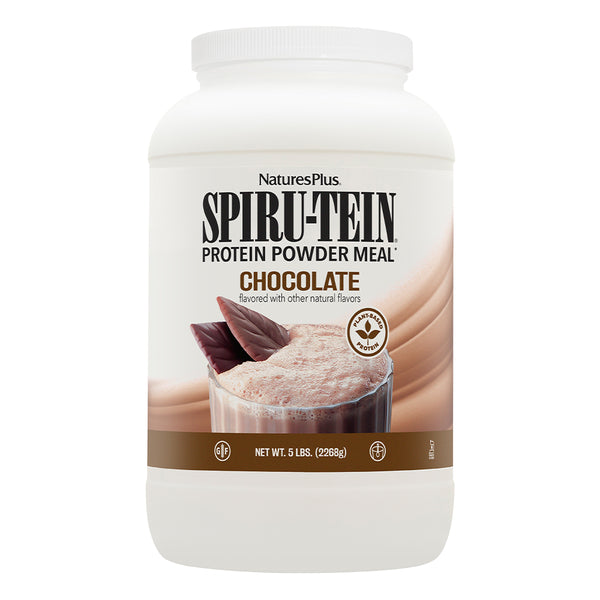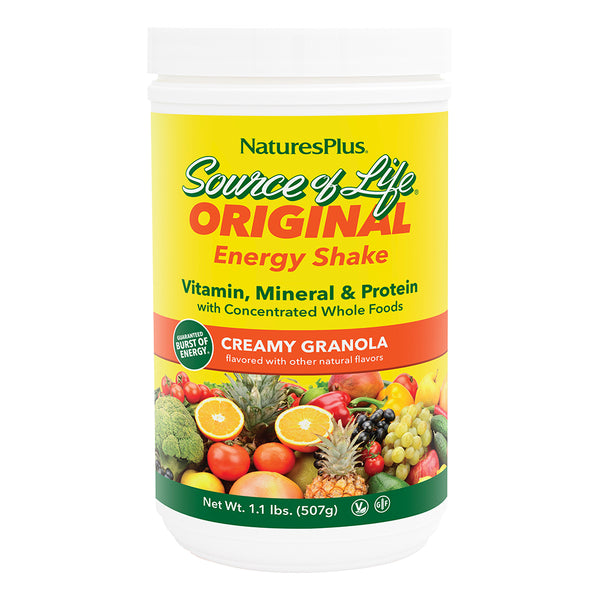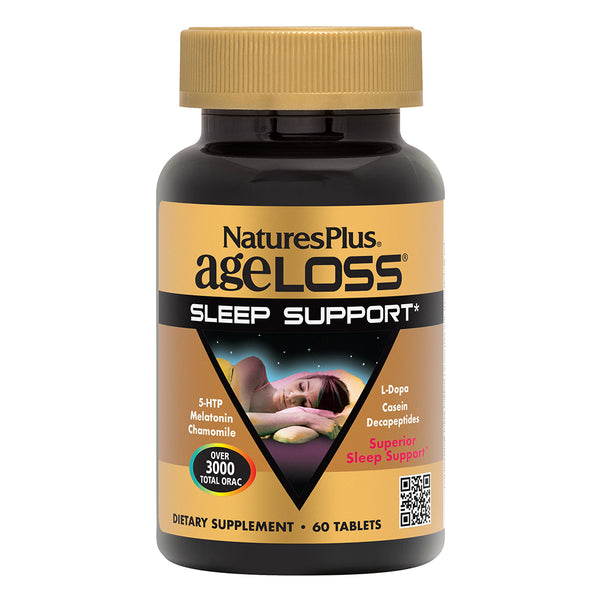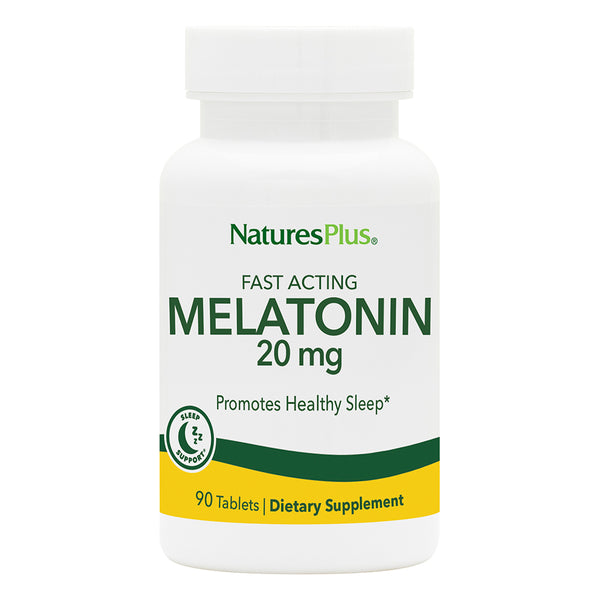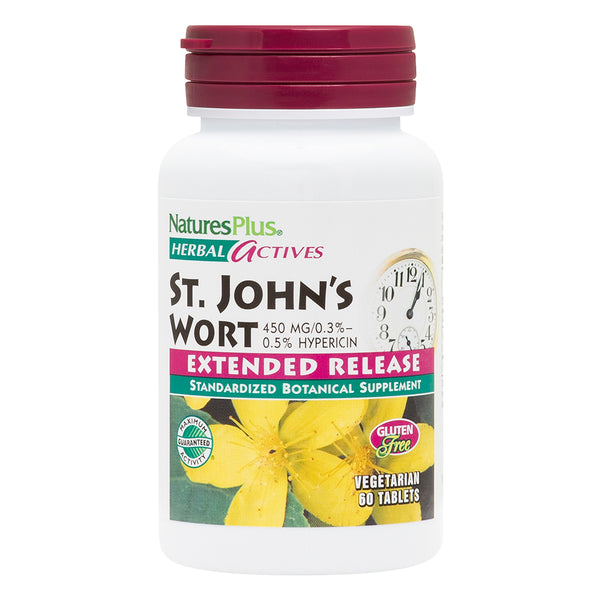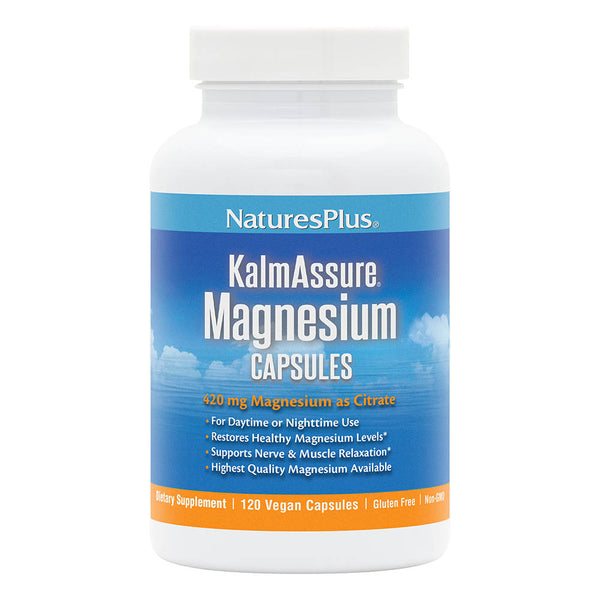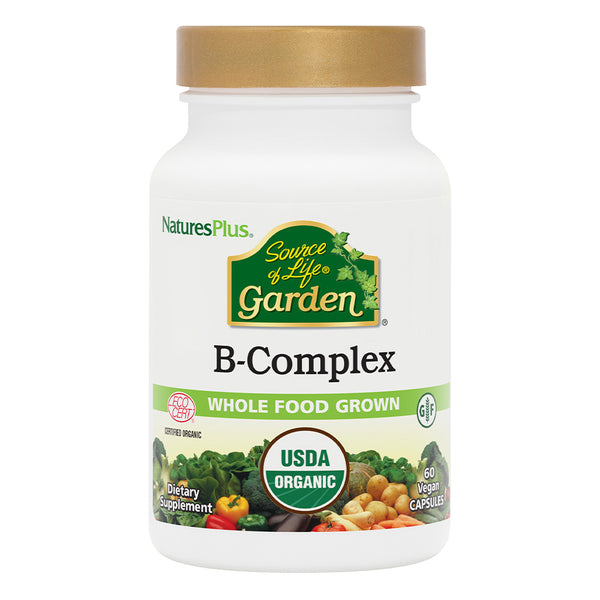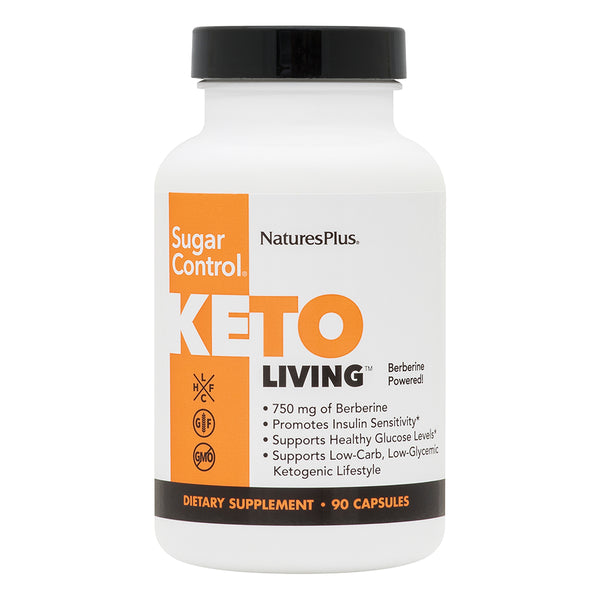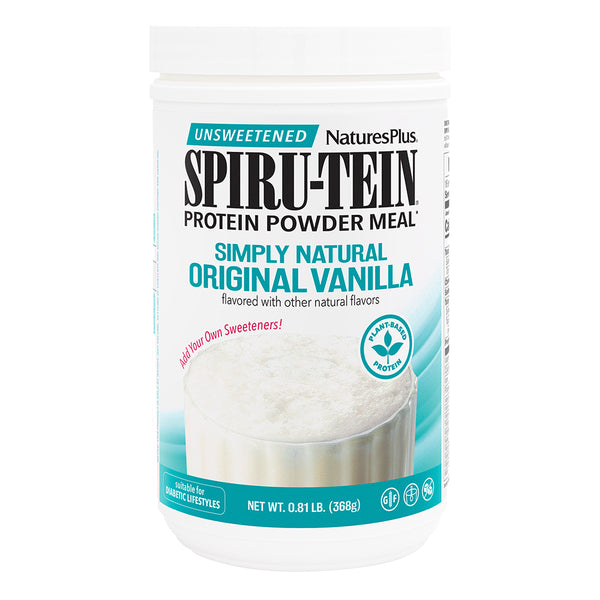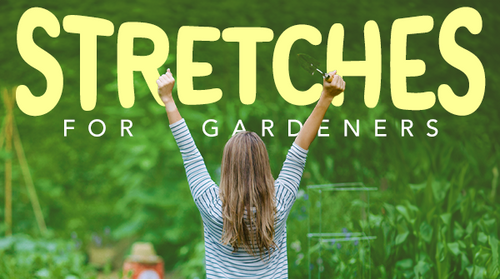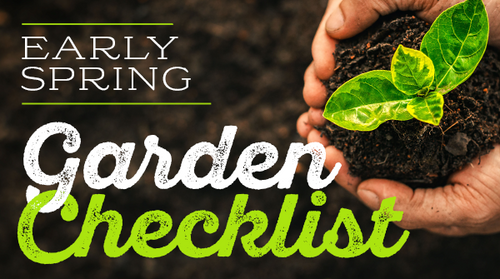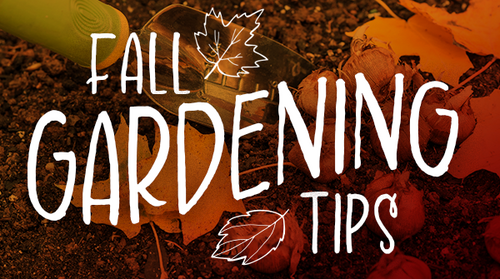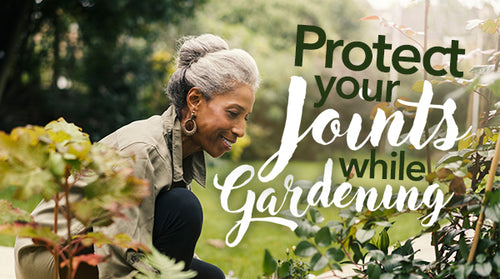One productive way to spend extra time at home is to give over part of your yard to a garden. Fresh air, exercise, homegrown veggies—what more could you want?
No yard? No problem: Many plants are just as happy in containers on porches, decks or even sunny windowsills.
Planning the Perfect Plot
Even the most basic garden requires just a little bit of preparation.
Gardening is like selling real estate—what counts is location, location, location. Look for a spot that gets at least six hours a day of full sun, preferably in the morning, and remember to account for shadows from trees once they’re in full leaf. Avoid low, boggy spots or areas subject to strong winds.
If you’re planting in the ground (as opposed to containers), get a soil test kit from your local garden center to uncover possible issues like nutrient deficiencies or pH that is too high or too low.
If the test shows your soil needs help, natural ways to correct problems include fish meal for nitrogen, bone meal for phosphorus or greensand for potassium. Lime will correct overly acidic soils, while garden sulfur will make soil more alkaline.
The best way to keep soil loose and workable is to build raised beds six to eight inches high with paths between (you can shovel the topsoil from the paths into the beds). Raised beds drain well and are easy to cultivate and weed, since the soil is never compacted by footsteps. Edging your beds in stone, brick or wood can make your garden both productive and attractive.
To plant from seed:
- Rake the planting bed smooth and level it off with the back of the rake.
- Create planting furrows with either the rake or the edge of a piece of straight lumber and space the seeds as evenly as you can (roll tiny seeds between your thumb and first two fingers).
- Finish up by filling the furrows with soil and watering gently but thoroughly.
If you’re not planting in rows, broadcast the seeds evenly over the bed surface, lightly rake them in and water. Be sure to mark your rows or beds with a stake.
Instead of starting with seeds, consider getting seedling plants instead. That’s especially important if you live in a cold climate; when planted from seed, such warmth-lovers as tomatoes and peppers will probably not have time to produce fruit before colder temperatures set in.
To transplant seedlings:
- Water the plants while they’re still in pots or flats.
- Rake the planting bed smooth and create evenly spaced holes, each about 1.5 times the size of the rootball.
- Carefully remove each plant from its container and set it in its new home, firming soil around the roots as you go.
- When the hole is filled, create a soil ridge a couple of inches out from the stem and water thoroughly.
While all gardens require some weeding, the best way to keep unwanted plants at bay is to mulch your plants with either plastic sheeting or organic matter such as grass clippings or ground leaves.
Black plastic is cheap and warms soil, but does not allow water in and is, shall we say, aesthetically challenged. Organic mulches not only allow water to sink in, but they also provide nutrients as they decay. One solution: Black plastic in the early spring for quick warmup followed by organic mulch for attractive, season-long weed suppression. Just be sure to keep adding to your mulch as it thins.
When your harvest is ready, the rule is “pick young, pick often”—younger crops taste better and are more tender. The exceptions: Melons and tomatoes, which are at their flavorful best when dead-ripe, and such storage-bound crops as potatoes and onions, which are harvested after their tops die back.
Garden Shortcuts
If you want to make growing your own food as undemanding as possible, consider one of these methods:
Container gardening. All you need to start a container garden is a pot, soil and a plant. Most vegetables grow well this way; exceptions include corn, which is too tall, and root vegetables, which (except for small radish varieties) require more depth than most containers provide.
Lasagna gardening. Also known assheet mulching, this garden style is built in layers—just like lasagna. Common layers include cardboard, grass clippings, compost, pine needles, coffee grounds, and fruit and vegetable scraps; each layer is about one inch deep. These layers break down, providing nutrient-rich soil for planting. The process takes a few weeks but it’s worth the wait.
Square foot gardening. This method uses raised beds divided into spaces one square foot each. This method makes it possible to plant more crops in a smaller space and simplifies crop rotation (the same vegetable is not planted in the same square from one season to the next).
Straw bale gardening. In this approach, the straw bale serves as the garden’s container. A high-nitrogen fertilizer applied to the bale rots the middle out of the straw, leaving a place for planting. Over time, the straw decomposes, providing organic matter for the plants.
4 Easy-to-Grow Favorites
You can almost guarantee a good harvest by starting with these four plants.
Cucumbers. Can be harvested in approximately 50 to 70 days.Varieties to try: Burpless: disease resistant, mild fruits; Spacemaster: suitable for containers.
Green beans. Plant seeds after danger of frost has passed. Bush beans mature in approximately 55 days.Varieties to try: Derby: a prolific grower that produces slim, tender beans.
Tomatoes. Plant after last frost. Plants are suitable for containers or the garden; mature in approximately 70 days and can produce up to 10 pounds of fruit per plant.Varieties to try:Super Sweet 100: small clusters of cherry tomatoes.
Strawberries. Plants take 65 to 80 days to mature. Each plant can produce up to two quarts of berries.Varieties to try: Allstar: large red fruits with mild, sweet flavor; Quinault: 5 weeks to maturity; good choice for containers.Like this article? You’ll love our weekly newsletter
sign up here!
**These statements have not been evaluated by the Food and Drug Administration. This product is not intended to diagnose, treat, cure or prevent any disease.
